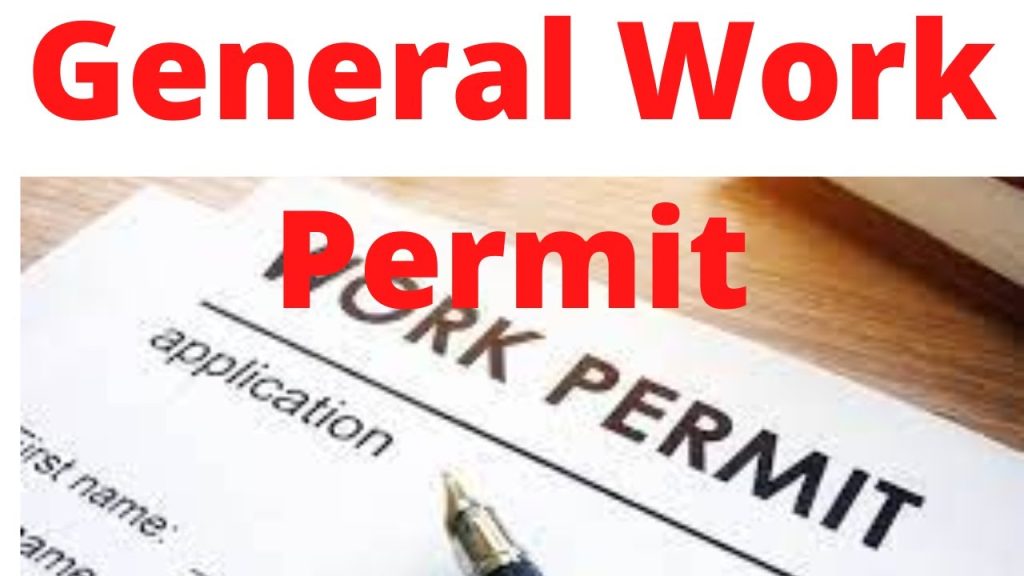Work abroad offers a wonderful opportunity for employees to enhance their abilities and acquire new perspectives. Knowing whether a working permit or visa is required is crucial to avoid legal complications.
A visa is an endorsement placed on your passport that enables you to travel to and enter a country. Work permits, in contrast, can be described as an Employment Authorization Document that demonstrates the ability to legally work abroad.
Differences
If you are planning to work in another country, understanding the complicated legal complexities can be a challenge. To simplify the process, it is important to be aware of the differentiators between work visas as well as work permits.
Obtaining work permit for expatriate permits an individual to go into a foreign country for particular reasons like tourism, business, or to study. On the other hand, an EAD or work permit (Employment Authorization Document) is granted to permit an international worker to legally engage in job-related activities with a specific employer.
Work visas and work permits include different terms and conditions that vary depending on the country. In the case of a work visa is valid for a specific period of time but a work permit can be renewed at any time. Certain work permits also come with restrictions on how many times an individual can change jobs, which can be stressful for anyone who wants to switch employers.
Eligibility
Work Permits and Visas meet various conditions that differ by nation. Criteria for eligibility include the nature of job to be performed and the length of time the visa or permit and any other requirements that are legally required, like the requirement for education.
It’s essential to review the work permit or visa requirements before applying, as in the event of a non-compliance with these standards could result in a rejection by USCIS. If rejected, it’s often recommended to consult an expert and apply again with the aid of an experienced Immigration Attorney.
It is, for instance, unlawful to work on America. For instance, it is illegal to work in the United States without an EAD (Employment Authorization Document) provided by USCIS. It is a document that EAD is a photo ID similar to a driver’s license. The EAD is only granted to those who fall under a specific category like students and asylum seekers.
Visa Application Process
The process for obtaining work permits and visas varies dependent on the nation which you work in. Visas are generally granted for specific needs and allows admission into the country only for a certain amount of duration.
Visas may be obtained at the consulate or embassy in the other country. The applicant must provide the necessary documentation, like your passport as well as proof of your identity and employment details.
A work visa is a photograph ID card that demonstrates your eligibility to legally be employed in the country you reside and work. It is issued by USCIS and looks similar to an driver’s licence. The document is also known by the name of an Employment Authorization Document (EAD).
Purpose
Work Permits are necessary in combination with a visa. They restrict what people can do while in a foreign country. They often require a degree and previous work reports, or professional “testimony” among other requirements.
Visas however generally limit the activities is permitted, like traveling to the conference or even carrying out business. This also differs by country.
For example, a work visa is needed for any person who wants to work as a confinement nanny in Singapore. However, it is possible for a US firm can be able to sponsor the visa of an employee who does not have a degree through labor Conditions Application (LCA) and the certification. This requires that the employer shows that they have no domestic worker located in the US to fill this position. The procedure is much more thorough and lengthy than applying for the visa itself.

Navigating Legal Requirements for Working Abroad
If you’re planning to work abroad, or are already doing this, having a thorough grasp of the distinctions between work visas and permits can assist you in navigating the legal framework. Additionally, it can assist you avoid misunderstandings and mistakes that may delay or even hinder the plans you have made.
The work visa typically binds the applicant to a particular employer and is valabil only the duration that this company employs you. This means it is difficult to switch jobs or work locations in the event that you are unhappy with the position you’re in.
Ogletree Deakins’ Cross-Border Practice Group will remain vigilant about the challenges that affect individuals and businesses working globally. In addition, we will provide updates on our blog when development are discovered. As of now, we hope that this advice will assist you achieve your career goals.